Surface Pro 3 is a very attractive device for buying as a laptop plus tablet replacement. Compared to previous generations of Surface Pro, the third iteration of the Microsoft's premium tablet comes with better battery life, great screen resolution and a really powerful Intel Core processor. For those users who like the Surface Pro 3 hardware but prefer Linux instead of Windows, I would like to share with you a way to install Linux.
Advertisеment
Before you proceed, it is necessary to obtain the following devices:
- USB hub
- USB mouse
- USB keyboard
- Unfortunately, Debian fails to detect the integrated WiFi adapter of Surface Pro 3, so we need to use some USB Ethernet adapter or USB tethering from a smartphone.
Surface Pro 3 supports only UEFI installation, so we need a Linux distro which supports such a way of installation. Debian is one of the UEFI-ready Linux distros. Please note that x86 UEFI is not available in Surface Pro 3, so AMD64 setup image must be used.
Preparing to install Debian
Save your recovery partition to a USB flash drive
Besides the system and data partitions, Surface Pro 3 has a 5 GB recovery partition.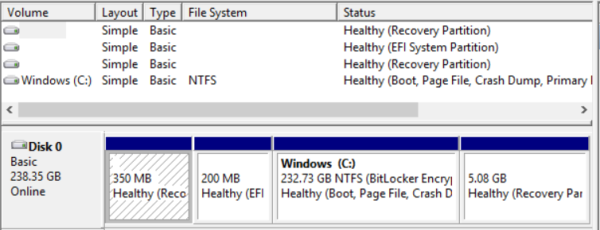
It is possible (and recommended) to copy that partition to an 8 GB or higher capacity flash drive. Type "recovery" without quotes right on the Start screen and click "Create a recovery drive".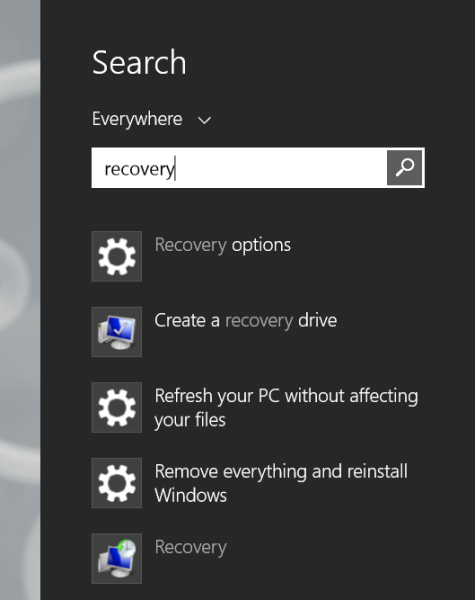
After your recovery drive is created, Windows will offer to delete the recovery partition from the SSD drive.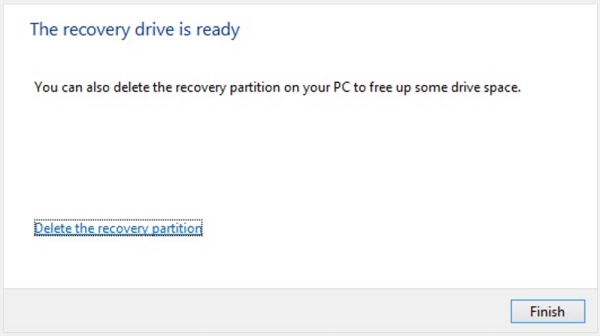
It is safe to accept this, as now you have the recovery flash drive with the same data, so you don't need the SSD partition. If you boot from the recovery flash drive, it will restore the whole SSD layout, including Windows and the recovery partition you delete.
Shrink the C: drive
Right click the C: drive in Disk Management and choose the Shrink command from its context menu. In the next dialog, type the desired free disk space you would like to reserve.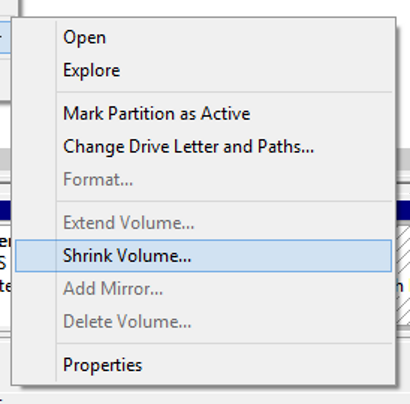
Disable hibernation
Linux won't mount NTFS partitions if Windows has been hibernated, so it is necessary to disable hibernation/deep sleep completely. Open the command prompt as administrator and type the following command:
powercfg -hibernate off
Installation
Power off your Surface Pro 3. Now press and hold the "+" volume button and power it on. It will boot to UEFI settings, where you should disable the Secure Boot feature. With Secure Boot disabled, it is possible to boot and install another OS. Shutdown Surface Pro 3 again.
Install Debian Linux
Connect the USB drive with Debian setup to the USB hub. Press and hold the "-" volume button and power on the Surface Pro 3. Run the desired setup mode (GUI/text mode) and do not forget to create linux partitions manually. You can create one root ( / ) partition and put all mount points and even the swap file on it if you do not like having many partitions on your drive.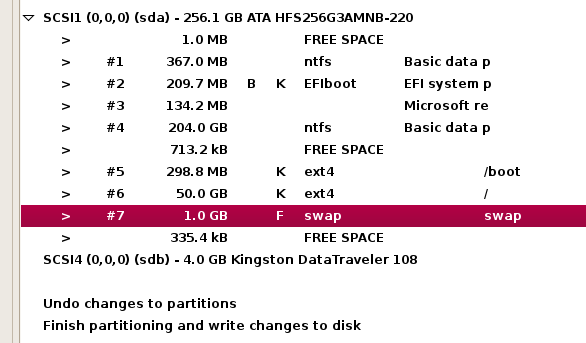
The GRUB2 loader will not be written to MBR due to UEFI. It will be added to EFI instead at
efi/debian/grubx64.efi
Continue to install Debian. After setup finishes, it will restart Surface Pro 3 and Windows 8.1 will be loaded.
On the Start screen, type recovery again, and click Recovery options in search results. Click "Restart now" in the Advanced startup options.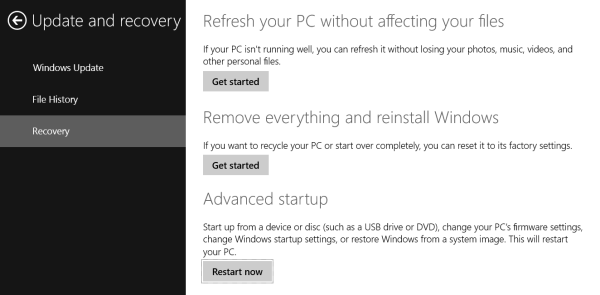
The Advanced Startup options will be opened. Continue to Use a device - > Debian.
Boot to Debian and edit the following file:
/etc/default/grub
Uncomment the following line:
GRUB_GFXMODE=640x480
After that, update the grub configuration with the following command:
update-grub
If you are annoyed that to boot into Debian, you have to show Advanced startup every time from Windows, it is possible to set GRUB2 as the default EFI boot option. In Debian, type the following command:
# efibootmgr ... Boot Order: 0000,0002,0001 Boot0000* USB Drive Boot0001* Debian Boot0002* Windows Boot Manager
Change the boot sequence with the following command:
# efibootmgr --bootorder 0000,0001,0002
Configuring devices
In Debian, the following devices do not work out of the box:
- WiFi
- Bluetooth
- Type Cover 3 with touchpad
- Stylus
- Touchscreen
This is unfortunate and not OK. Let's fix it.
WiFi and Bluetooth
To get these two working, we need to obtain drivers from the vendor's site. The chip is from Marvell. Use the following commands:
$ git clone git://git.marvell.com/mwifiex-firmware.git # mkdir -p /lib/firmware/mrvl/ # cp mwifiex-firmware/mrvl/* /lib/firmware/mrvl/
After the reboot, you should get WiFi and Bluetooth working.
Type Cover 3
This is more serious issue than wireless devices. To get it working, we need to recompile the kernel and use the latest kernel, v3.16. We can get it from the experimental repository of Debian.
Add the following line to the /etc/apt/sources.list:
deb http://ftp.de.debian.org/debian experimental main
Now we need to obtain its sources:
# apt-get update # apt-get -t experimental install linux-headers-3.16-trunk-amd64 linux-image-3.16-trunk-amd64 linux-source-3.16
Unpack sources:
# tar -xf /usr/src/linux-source-3.16.tar.xz # cd linux-source-3.16
Create a new typocover3.patch file with the following content:
--- a/drivers/hid/hid-ids.h 2014-01-19 21:40:07.000000000 -0500
+++ b/drivers/hid/hid-ids.h 2014-04-20 23:29:35.000000000 -0400
@@ -631,6 +631,7 @@
#define USB_DEVICE_ID_MS_NE4K 0x00db
#define USB_DEVICE_ID_MS_NE4K_JP 0x00dc
#define USB_DEVICE_ID_MS_LK6K 0x00f9
+#define USB_DEVICE_ID_MS_TYPE_COVER_3 0x07dc
#define USB_DEVICE_ID_MS_PRESENTER_8K_BT 0x0701
#define USB_DEVICE_ID_MS_PRESENTER_8K_USB 0x0713
#define USB_DEVICE_ID_MS_DIGITAL_MEDIA_3K 0x0730
--- a/drivers/hid/hid-core.c 2014-01-19 21:40:07.000000000 -0500
+++ b/drivers/hid/hid-core.c 2014-04-21 03:13:54.000000000 -0400
@@ -702,6 +702,11 @@ static void hid_scan_collection(struct h
if (((parser->global.usage_page group = HID_GROUP_SENSOR_HUB;
+
+ if (hid->vendor == USB_VENDOR_ID_MICROSOFT &&
+ hid->product == USB_DEVICE_ID_MS_TYPE_COVER_3 &&
+ hid->group == HID_GROUP_MULTITOUCH)
+ hid->group = HID_GROUP_GENERIC;
}
static int hid_scan_main(struct hid_parser *parser, struct hid_item *item)
--- a/drivers/hid/usbhid/hid-quirks.c 2014-01-19 21:40:07.000000000 -0500
+++ b/drivers/hid/usbhid/hid-quirks.c 2014-04-20 23:29:35.000000000 -0400
@@ -73,6 +73,7 @@ static const struct hid_blacklist {
{ USB_VENDOR_ID_FORMOSA, USB_DEVICE_ID_FORMOSA_IR_RECEIVER, HID_QUIRK_NO_INIT_REPORTS },
{ USB_VENDOR_ID_FREESCALE, USB_DEVICE_ID_FREESCALE_MX28, HID_QUIRK_NOGET },
{ USB_VENDOR_ID_MGE, USB_DEVICE_ID_MGE_UPS, HID_QUIRK_NOGET },
+ { USB_VENDOR_ID_MICROSOFT, USB_DEVICE_ID_MS_TYPE_COVER_3, HID_QUIRK_NO_INIT_REPORTS },
{ USB_VENDOR_ID_MSI, USB_DEVICE_ID_MSI_GX680R_LED_PANEL, HID_QUIRK_NO_INIT_REPORTS },
{ USB_VENDOR_ID_NOVATEK, USB_DEVICE_ID_NOVATEK_MOUSE, HID_QUIRK_NO_INIT_REPORTS },
{ USB_VENDOR_ID_PIXART, USB_DEVICE_ID_PIXART_OPTICAL_TOUCH_SCREEN, HID_QUIRK_NO_INIT_REPORTS },
Now apply the patch:
patch -p1 --ignore-whitespace -i typecover3.patch
Now copy the current kernel configuration for use with the new kernel:
# cp /boot/config-`uname -r` .config # make menuconfig
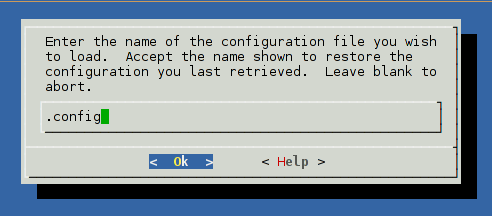
Save the config and exit from the menuconfig menu. No more changes are required. Now compile the kernel:
# make-kpkg clean # fakeroot make-kpkg --initrd --append-to-version=-typecover3 kernel_image kernel_headers
It will take around an hour. You should get two *.deb packages, which you need to install:
# cd .. # dpkg -i linux-image*.deb linux-headers*.deb
That's it. Reboot with the new kernel, and Type Cover 3 should work.
Touchpad
This is quite simple, just add the following text in the /etc/X11/xorg.conf file:
Section "InputClass"
Identifier "Surface Pro 3 cover"
MatchIsPointer "on"
MatchDevicePath "/dev/input/event*"
Driver "evdev"
Option "vendor" "045e"
Option "product" "07dc"
Option "IgnoreAbsoluteAxes" "True"
EndSectionReboot again. Everything will work.
Now install the laptop-mode-tools package to improve the powersaving in Linux.
That's it.
Closing words
Although it is possible to get most features of Surface Pro 3 working under Linux, it still has a few issues. The sound volume buttons do not work out of the box, as well as the stylus buttons. And one gotcha, the accelerometer sensor does not work too. If you are able to tolerate these issues, then you can be happy with Linux installed on your Surface Pro 3 device. (via habr).
Support us
Winaero greatly relies on your support. You can help the site keep bringing you interesting and useful content and software by using these options:

Wow you just made your Surface useless. Why would anyone put Linux on an Surface is beyond me.
Because you can! If you are a developer, you just feel good in Linux and work more comfortable than anywhere else. Also, many people wondered how usable the Linux desktop with a touchscreen.
It’s likely that there are innumerable things that are beyond you. Civility for instance…
Excellent post!
Did you get scrolling working in either the touchscreen or the trackpad? They don’t seem to work for me…
Hello,
A the end of the installation process of Debian 7, the program didn’t ask me about grub. Installation ended, that’s all… and impossible to boot on Debian by the Advanced startup of Windows 8…
Also, when I created the partitions, the installation programs warned me about something I didn’t undestood : “no EFI partition” or something like that… But it created the linux partitions…
Who can help me ?
Thank you !
Idem for me…
Are you found solution !?
Great post, but sadly it is the same problem for me. Did everything you wrote with mint 17, installation worked like a charm, but now i cant get it to boot to mint, any suggestions?
Thank you!
Cool. Does right click on the pen work?
best wifi solution out there… thanks
you are welcome
I am happy to report that this process has gotten quite a bit easier in Debian Jessie. The typepad worked out of the box (including during install) and, after installation, turning on the surface presents a GRUB boot menu that offers the choice to boot into windows or Linux without further tampering. I haven’t installed a GUI yet, so I can’t speak as to the touchpad or anything else. Once I do, I’ll do a blog post with details.
Ok, thank you.
Josh,
Did you get the touchpad to work? I tried to edit /etc/X11/xorg.conf file, but it didn’t exist.
Thoughts?
Chris
I just installed and it installed Debian with kernal 3.16.0.4-amd64 #1 SMP Debian 3.16.7-ckt11-1 – Is this the same version (because my keyboard works). I ask, because although my keyboard works, it doesn’t work in the bootloader.
Thoughts?
Chris